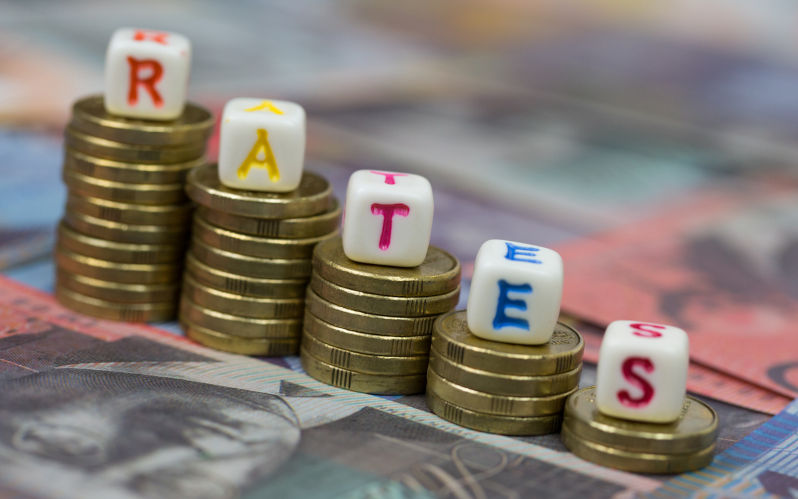Why inflation should soon resume falling
June 22, 2024
Let’s not goad the Reserve Bank to fight higher underlying inflation that can be corrected by disciplined fiscal policy and a more open and competitive economy.
Polls show cost of living is the overriding issue on voters’ minds. One reason is that lowering the annual inflation rate has stalled at around 4% since last December.
The Reserve Bank, and some economists claim aggregate demand for goods and services is outstripping supply which will keep consumer price inflation above the official 2-3% target until the end of 2025. I think that’s overly pessimistic. Here’s why.

Inflation spike over
A gap emerged in 2020 and 2021 because of a pandemic pause to production which collided with the government and the RBA stimulating demand.
But supply chain shortages, fiscal deficits and quantitative easing ended two years ago which is why inflation almost halved from its peak of 7.8% over the year to the December quarter of 2022.
Services inflation remained stubborn because increased savings caused by pandemic social restrictions were splurged afterwards. These excess savings have now been exhausted.
Most of the remaining big spenders are retirees who have paid off their home mortgages and are enjoying increased interest and rental income from their retirement assets. They are splashing much of their largesse on overseas travel which does not fuel local inflation.
The latest national accounts show that over the twelve months to the March quarter 2024 total domestic demand rose only 0.2% whereas total domestic production rose 1.1%.
Breaking down these totals, the only components that grew by over 1.0% were imports (up 5.1% which included overseas holidays) and business investment (up 3.4%).
That was good news because any excess domestic demand flowed into imports (of which there are no longer shortages) and private investment (which should boost productivity putting downward pressure on unit costs). Also inventories rose because supplies outran sales.
So, in hindsight, Australia has suffered a pandemic related inflation spike that is gradually unwinding. Now that excess personal savings are gone, that unwinding should accelerate.
Counter-Arguments
A qualification is that the income tax cuts from July could accelerate demand keeping inflation sticky. Another risk is that the pressure for wages to catch up to prices mounts before productivity rises can accommodate it. Of course, only time will tell.
A recent news story claimed that the explosive growth in care services (child, disability, home, aged and health) is causing a shortage of semi-skilled workers resulting in overpayment for lower productivity work. If so, this can be addressed by cracking down on contractor fraud in the NDIS and prioritising migrant admissions for care work.
Another concern is that inflation will be stoked by more spending on extra housing, renewable energy and defence capacity. But this will be spread over many years and alleviating housing and power shortages should dampen inflation. As for a bigger military to GDP ratio I doubt that will happen soon given other budgetary pressures.
This year and next, lower real wages, higher rates and rents, lower commodity prices, lower immigration (especially overseas students), and depleted savings will weigh on the economy making it hard for a resurgence in total demand. And the easing of skill shortages (following record immigration) should cool the labour market.
Reserve Bank’s limits
If I’m right the inflation outbreak was an aberration due to a two-year health crisis, not a structural imbalance in the economy that will last indefinitely. Henec progress on reducing CPI inflation should soon resume.
Like other economist I want an ambitious productivity enhancing reform agenda to lift Australia’s living standards. But it is a mistake to blame the ongoing low growth of the past decade for the inflation spike of the pandemic which was a cyclical event.
For several reasons such as higher government debt, increased protectionism and industry concentration, long term inflation may settle around 3% rather than 2% with interest rates returning to their historic norm before the 2008 global financial crisis. If so, let’s not goad the Reserve Bank to fight higher underlying inflation that can be corrected by disciplined fiscal policy and a more open and competitive economy.

